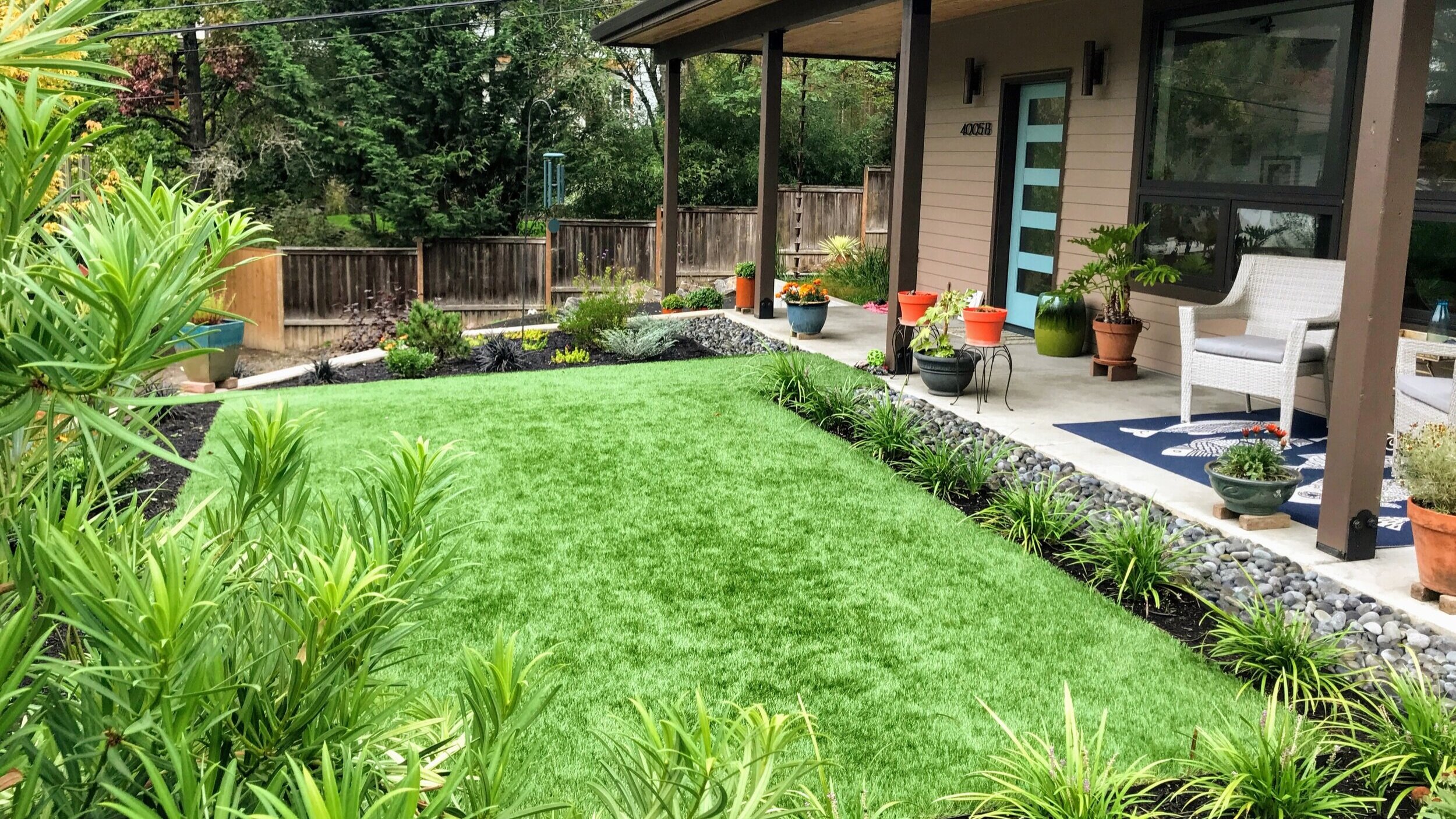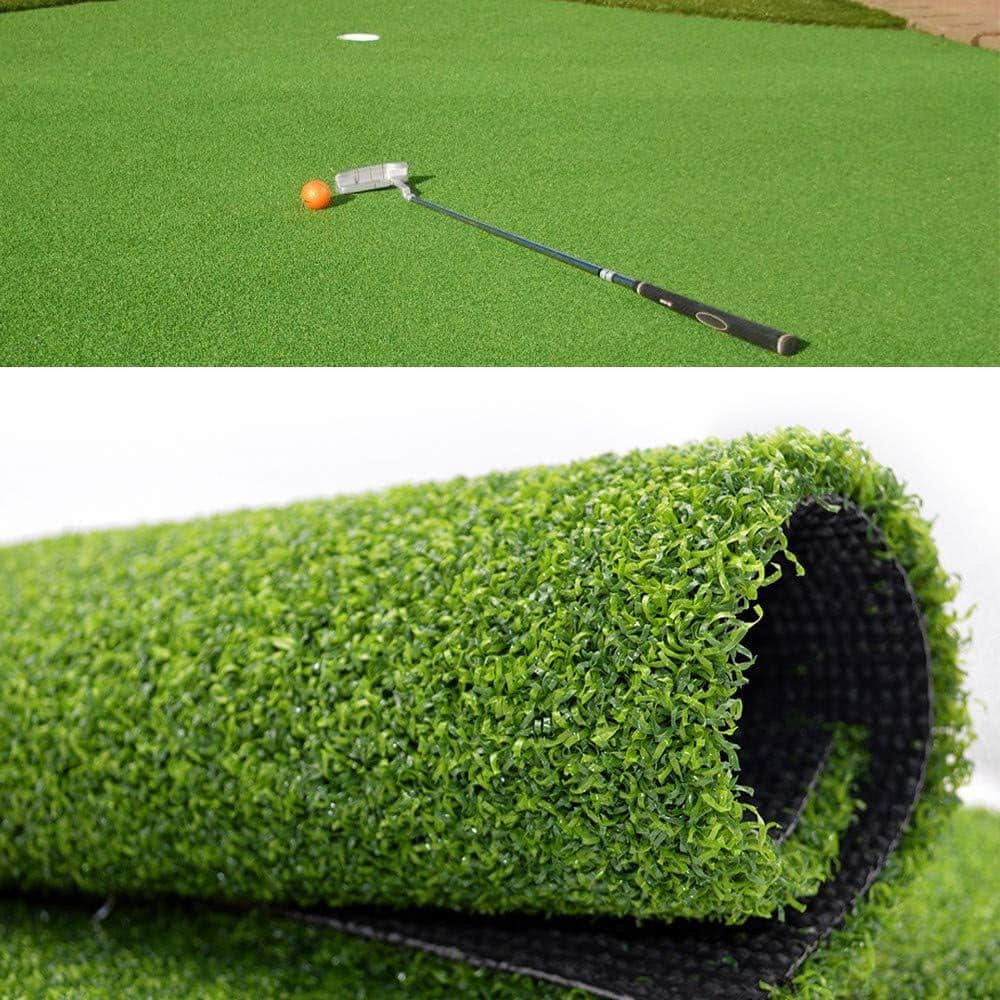See Why Homeowners Prefer Artificial Lawn for Lasting Landscaping Practices
As property owners increasingly prioritize sustainability in landscape design, synthetic turf has actually emerged as an engaging alternative to standard grass. What stays to be discovered is the full extent of advantages that synthetic lawn can offer to homeowners and the atmosphere alike.
Water Preservation Perks
Among one of the most significant benefits of synthetic grass is its duty in water conservation. Conventional lawn yards require considerable amounts of water to preserve their lavish look, typically bring about overuse of local water resources, particularly in arid areas. In comparison, artificial turf eliminates this demand completely, as it does not need watering. This not just conserves water but additionally reduces the pressure on municipal water systems, especially during drought conditions.
Moreover, the installation of synthetic grass can add to a more lasting landscape. Home owners can dramatically decrease their water expenses, permitting reallocation of resources to other ecological efforts or family uses. Additionally, synthetic grass is made to hold up against numerous climatic problems without the requirement for additional watering, making it a suitable option for regions encountering water scarcity.
The ecological benefits extend past instant water savings. By lowering water usage, synthetic grass helps to minimize the effects of environment modification, preserving essential environments that are endangered by excessive water removal. As lasting landscaping methods acquire grip, synthetic grass becomes a liable choice for home owners seeking to create eco-friendly outside spaces.
Decreased Upkeep Efforts
Synthetic grass substantially reduces maintenance initiatives contrasted to conventional yard lawns. With synthetic yard, homeowners can remove the time-consuming jobs related to natural landscaping, such as mowing, fertilizing, and weeding. This not just conserves important time yet additionally reduces physical labor, making yard treatment obtainable for people of all ages.
Typical grass need regular trimming to maintain a cosmetically pleasing elevation, whereas fabricated lawn stays regularly lush without the demand for reducing. Furthermore, property owners no longer need to use chemicals or plant foods, which are typically required to keep all-natural lawn healthy.
In addition, man-made turf is resistant and long lasting, requiring minimal maintenance beyond periodic brushing and rinsing to get rid of debris. This convenience of maintenance permits house owners to enjoy their outside spaces without the constant fear of maintenance, supplying even more time for recreation and household activities. Eventually, the reduced upkeep initiatives connected with artificial lawn make it an enticing option for those looking for a low-maintenance, visually appealing landscape.

Ecological Effect Decrease
There is a growing acknowledgment of the environmental benefits connected with fabricated lawn, specifically in regards to water preservation and decreased chemical usage. Standard lawns need considerable quantities of water, particularly in drought-prone regions, bring about enhanced stress on neighborhood water sources. In contrast, synthetic grass eliminates the requirement for irrigation, drastically lowering water consumption and advertising sustainability.
Additionally, traditional grass maintenance commonly involves the application of pesticides, herbicides, and fertilizers, which can add to dirt and water pollution. Synthetic grass alleviates this ecological risk by calling for minimal maintenance and practically getting rid of the requirement for unsafe chemicals. This not only enhances soil health however additionally safeguards neighborhood environments from hazardous overflow.
Additionally, the manufacturing of natural lawn lawns normally entails using fossil gas for cutting and landscaping equipment, more adding to greenhouse gas exhausts. By picking fabricated lawn, home owners can dramatically decrease their carbon impact linked with lawn treatment tasks.
Aesthetic Appeal and Flexibility
Along with its environmental benefits, synthetic lawn offers considerable visual appeal and flexibility for landscape design. Home owners can achieve a rich, environment-friendly appearance year-round, getting rid of the seasonal variations typically related to natural yard. This consistent visual not only enhances the aesthetic appeal of a building but also contributes to a well-maintained and polished look.
Additionally, man-made lawn is readily available in a variety of appearances, designs, and shades, enabling for modification to match private preferences and style styles - Turf installation phoenix az. Whether used in residential yards, business rooms, or entertainment areas, it can seamlessly incorporate right into varied landscaping designs, from modern minimal to rich tropical setups
The convenience of synthetic grass prolongs beyond plain appearance; it can be set up in various areas, including roofs, patio areas, and even interior areas, producing opportunities for one-of-a-kind landscaping solutions. Furthermore, it is ideal for a series of activities, from children's play areas to pet-friendly environments, offering capability without compromising style.
Inevitably, the aesthetic allure and flexibility of fabricated turf make it an attractive alternative for home owners looking for lasting landscape design services that do not give up charm for ecological responsibility.

Long-Term Expense Cost Savings
Among one of the most compelling benefits of man-made lawn is its capacity for long-term expense savings. Unlike all-natural grass, which calls for regular upkeep-- including mowing, watering, fertilizing, and insect control-- synthetic lawn learn this here now considerably lowers these continuous expenditures. Property owners can conserve a substantial quantity on water costs, particularly in regions where water shortage is a pushing issue. The elimination of grass treatment services additionally adds to monetary cost savings, as there is no need for specific tools or labor.
Additionally, synthetic grass has a life-span of 15 to 25 years, relying on its top quality and usage. This sturdiness lessens substitute prices, making it a more cost-effective selection in the long run. The preliminary financial investment in man-made grass can commonly be redeemed with the cost savings accrued over time.
While the upfront expense may seem greater contrasted to sod installation, the cumulative savings from lowered upkeep and water usage typically outweigh these initial expenses. Eventually, the adoption of synthetic grass not only promotes a sustainable landscape design remedy however also offers home owners a monetarily smart choice that aligns with long-lasting budgeting goals.
Final Thought
Synthetic grass becomes a compelling alternative for lasting landscape design, supplying considerable benefits in water preservation, decreased upkeep efforts, and lessened environmental influence. Its aesthetic allure and versatility improve the aesthetic landscape while lining up with modern-day sustainability goals. In addition, long-lasting price savings add to its beauty for homeowners. As areas increasingly prioritize eco friendly techniques, the adoption of fabricated turf represents a modern action towards achieving resistant and sustainable landscapes.
Additionally, artificial turf is developed to endure different climatic conditions without the need for supplemental watering, making it an optimal option for regions facing water scarcity. (Turf installation phoenix az)

Fabricated grass emerges as an engaging choice for sustainable landscape design, using considerable advantages in water conservation, minimized maintenance initiatives, and reduced environmental influence.